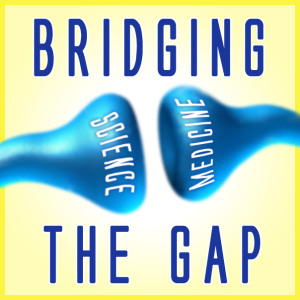 While walking around campus at the beginning of the new semester, it is hard not to notice the sudden appearance of signs instructing us to “Breathe Freely” because the campus is now “Smoke-Free.” The new law has challenged some students and faculty to forego smoking altogether, and has enticed discussion about the regulation of harmful addictive substances, often revealing the social baggage associated with addictive behavior. The duality of alcohol, for example, as both the staple of celebrations and the pitfall of the Alcoholics Anonymous member, fuels the social climate assigning a lack of self-control as the factor that determines its addictive potency. The current lack of private sector health care coverage of addiction treatment confirms the prevalence of this view. It is therefore essential that the research supporting the scientific finding that addiction is a brain disease, rather than a reflection of an individual’s willpower, is shed some light and shared among future physicians.
While walking around campus at the beginning of the new semester, it is hard not to notice the sudden appearance of signs instructing us to “Breathe Freely” because the campus is now “Smoke-Free.” The new law has challenged some students and faculty to forego smoking altogether, and has enticed discussion about the regulation of harmful addictive substances, often revealing the social baggage associated with addictive behavior. The duality of alcohol, for example, as both the staple of celebrations and the pitfall of the Alcoholics Anonymous member, fuels the social climate assigning a lack of self-control as the factor that determines its addictive potency. The current lack of private sector health care coverage of addiction treatment confirms the prevalence of this view. It is therefore essential that the research supporting the scientific finding that addiction is a brain disease, rather than a reflection of an individual’s willpower, is shed some light and shared among future physicians.
Current neuroscientific research describes addiction as a chronic brain disease, with specific affiliated risk factors. These include genetic predisposition, as well as biological and psychological factors, which often impact the neuromodulators of the brain to produce behavioral abnormalities frequently implicated in mood disorders, including depression and anxiety. Specifically, genetic influences on the brain’s reward system of dopamine transmission are of particular interest to scientists studying addiction. Although dopaminergic neurons are present in fewer numbers relative to the neurons of other neurotransmitters in the brain, their role in both motivation and arousal is crucial for the effects of certain stimulant addictive substances, including cocaine and methamphetamine. Further research into the specific patterns of neurocircuitry underlying the signaling of dopaminergic neurons is necessary in order to better understand the addiction risk factors affiliated with the dopaminergic system, as well as their mechanism of action for more direct and effective interventions.
The changes that occur in an individual’s nervous system during the course of an addiction are often not reversible with termination of substance use. This not only increases the risk of relapse, but also explains the personality and behavioral changes that are often associated with addiction. As a result of the heterogeneity of substances available to become addicted to and the varying degrees of severity as measured by the disruption of routine social interactions and occupational activities, developing methods of helping someone with addiction requires an acknowledgement that each case may require some fine tuning of generalized approaches to address concerns specific to the individual’s case. Affecting 15.9% of the United States population (age 12 and older), addiction is a disease that physicians do not often identify or treat directly, but rather address in a secondary manner through treatment of subsequent illnesses of the organ systems.
According to Carl Hart, PhD, of Columbia University, current social corollaries associated with addiction run much deeper than questions of an addict’s willpower. Dr. Hart addresses society’s use of addictive behaviors to create sociocultural divisions when he describes: “[the] bans on drugs were inevitably preceded by hysterical coverage filled with scare stories about drug use by despised minorities, often immigrants and the poor.” He describes in his autobiographical novel, “High Price,” the challenges that he grew up with as an adolescent in Florida and couples his experiences with neuroscience research, to ultimately attribute social and environmental factors to his views regarding addictive behavior. Thus the barriers to restructuring prevalent views on addiction are substantial, but education and understanding of an addict’s challenges are necessary steps toward developing society’s ability to help individuals suffering from an addiction to a harmful substance.
Bridging the Gap focuses on the relationship between basic research and medicine to develop an appreciation for the science that underlies the foundations of modern medicine.



